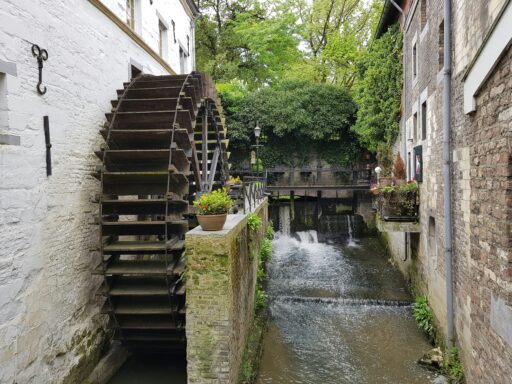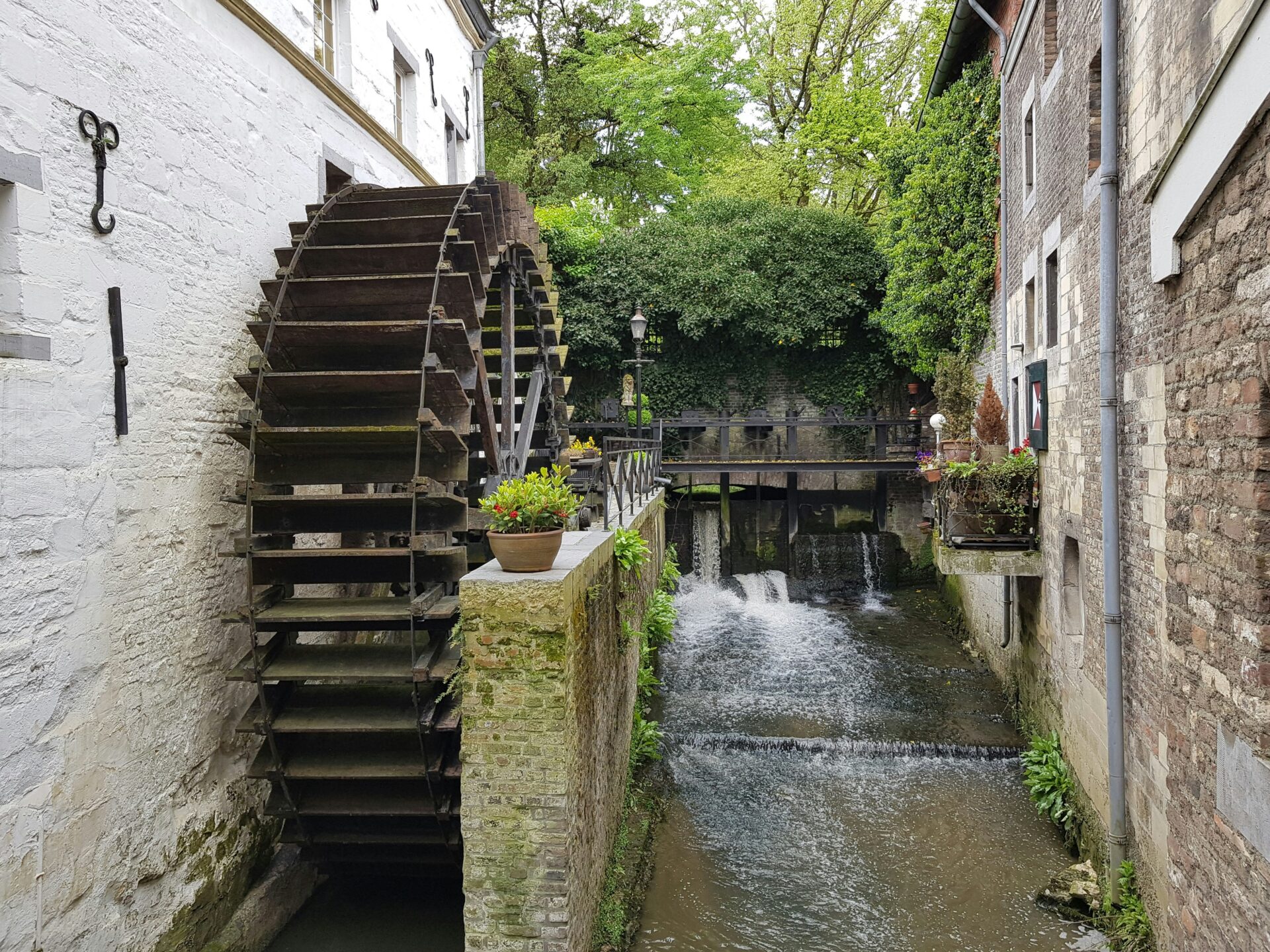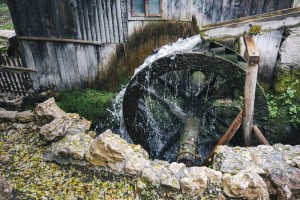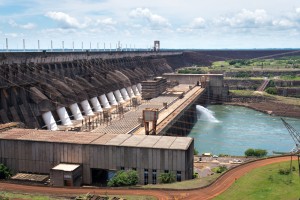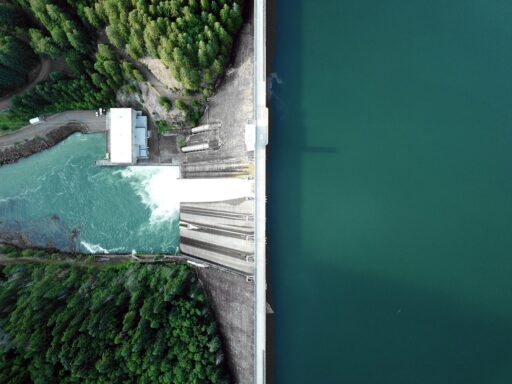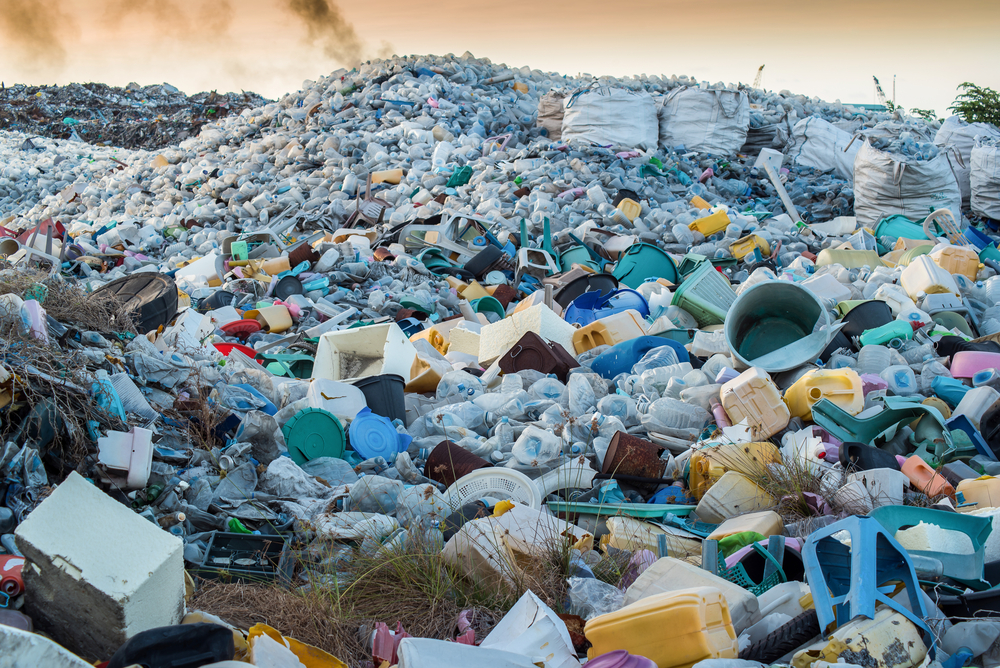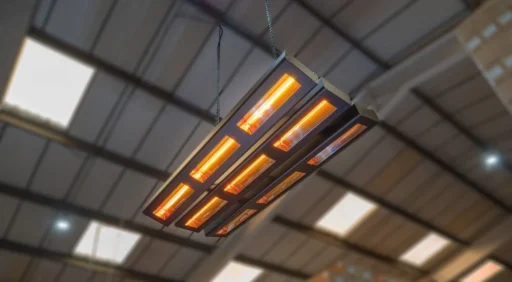Despite being used for everything from washing to drinking, there is one use of water you might not be aware of – hydropower. The Ancient Greeks first invented the horizontal-wheeled watermill in 3rd century BC and humans have been harnessing the power of the movement of water ever since. Of course, today, the Grundfos watermill serves the altogether different purpose of increasing water pressure. To chart this evolution, we have put together a list of the most significant hydropower developments.
Watermill
Before electricity became widely economically viable, the mechanical action of a mill was necessary in the production of important material goods like flour, paper, textiles and metals. Often intentionally diverted from a river, the movement of incoming water was used to drive the blades of a wheel or turbine, which, in turn, would power the milling, rolling or hammering of the mill. The watermill is the earliest example of water being used to serve an industrial purpose and the use of this technology has become increasingly complex as time has progressed.
Hushing and hydraulic mining
From its emergence in the 1st century BC, the mining industry has been reliant on the power of water for their work. The technique of hushing was the first to be used with any sort of regularity. It involved directing streams of water towards gravel to erode the rock and expose the ores beneath. In the midst of the California Gold Rush in 1853, hydraulic mining emerged as a more profitable technique. Very high pressure jets of water were used to erode hillsides at a rapid rate, and whilst it was effective, it did cause widespread damage to Californian agriculture and the local environment.
Trompe
Like the watermill, before the advent of electricity, it was necessary to wield the power of water to compress gas. A trompe is composed of a vertical pipe, a separation chamber and two exit pipes – one for the exit of compressed air and another that allows water to leave. As the water falls down the vertical pipe, it travels through a constriction, where an external port allows air to enter, which then causes bubbles to form in the pipe. As the bubbles travel further down the pipe they become pressurised, and the compressed air rises to the top of the separation chamber where it leaves through a takeoff pipe. Trompes were most commonly used to provide for bloomer furnaces, where the compressed air was used to smelt iron from its oxides.
Hydroelectric dams
Since their creation in 1870 in Cragside, Northumberland, hydroelectric dams have superseded watermills to the extent that watermills are now virtually extinct. The principles are the same and the only notable difference between the two is the end result – the production of electricity rather than mechanical energy. By corralling water into a structure, the potential energy of the water could be used to power a turbine, which, in turn, produced electricity. In 1870, the first hydroelectric dam provided enough energy to keep an arc lamp alight. Today, electricity from, the Itaipu Dam on the Brazil-Paraguay border, produces 104 million megawatt hour (MWh) – enough to meet worldwide power consumption for two whole days.

